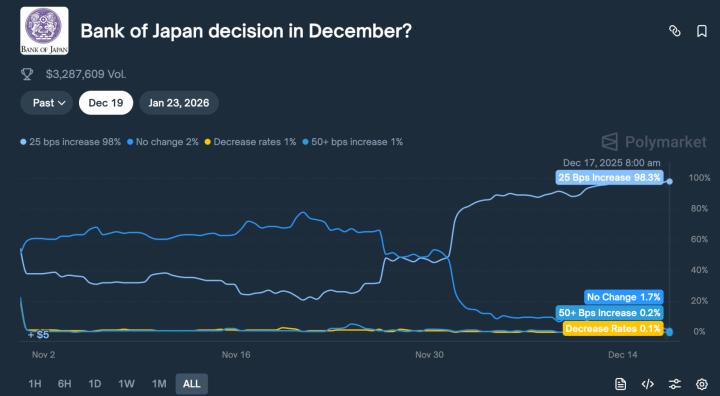Hello everyone, today I bring you a must-have beginner's guide on how to use and choose cross-chain bridges to transfer assets from chain A to chain B. This article mainly focuses on cross-chain transactions of Taiko assets, the choice of cross-chain bridges, and the pros and cons of official bridges. The concepts can be extended to other chains as well.
The fees for using the official Taiko bridge are not high. As shown on the official website, transferring from Ethereum to Taiko requires only an equivalent of 0.3 USD in ETH as a fee, plus gas fees (During testing, the gas value on the chain was 1). If the gas value is higher, the gas fees will also be higher, totaling approximately 1 USD.
Taiko official website: (For safety concerns, it is recommended to access it through the link on the official Twitter)
Cross chain Process:
Step 1: Select the source network (ensure you have the corresponding assets in this network).
Step 2: Select the type of asset to transfer (Taiko official bridge only supports ETH).
Step 3: Select the target network (the official bridge defaults from ETH to Taiko).
Step 4: Check the fees and the amount to be transferred.
Step 5: Ensure all information is correct, then click "Continue".

You will then be redirected to a confirmation page.
Check all the information again. Once confirmed, click "Continue " Your wallet will pop up. After paying the gas fee and waiting for the assets to appear on Taiko, the cross chain transfer is complete.

In addition to the official cross-chain bridge, there are third-party cross-chain bridges, which are projects specifically designed for cross-chain transactions. These bridges cover more networks and, in some cases, incur lower fees.
According to DefiLlama display, the cross-chain bridges currently supporting Taiko include Orbiter, Rhino, Owlto, and others.
Here, I take Orbiter as an example. Transferring from Base to Taiko costs 0.62 USD,(This value will fluctuate slightly with the network gas)

Cross-chain asset transfers are very simple and easy to get started with. If you're a beginner trying it for the first time, I personally recommend choosing a low GAS L2 chain for a small amount of asset transfer testing. Ensure safe arrival and no extra fees before proceeding with large asset transfers.
I briefly introduced the cross chain fees for Taiko's official bridge and Orbiter above. Now, let me provide a more intuitive comparison below.

Summary
Using the Taiko official bridge for cross-chain transfers costs a bit more and may experience delays in extreme cases, but it offers higher security as it is the official chain.
Using third-party cross-chain bridges like Orbiter offers higher efficiency, faster speed, and lower costs. However, third-party bridges often face issues like chain congestion and attacks. Therefore, for large amounts of funds, it is recommended to use the official bridge. For small amounts, you can use third-party bridges for faster transactions. Avoid using newly launched third-party bridges regardless of their background or strength; they are not worth the risk in terms of security. Choose third-party bridges that have been operating in the market for a long time, which generally have fewer problems.
A final reminder: security issues should not be overlooked. Losses due to cross-chain bridge issues amount to billions each year, so always ensure safety before proceeding with any operations.







